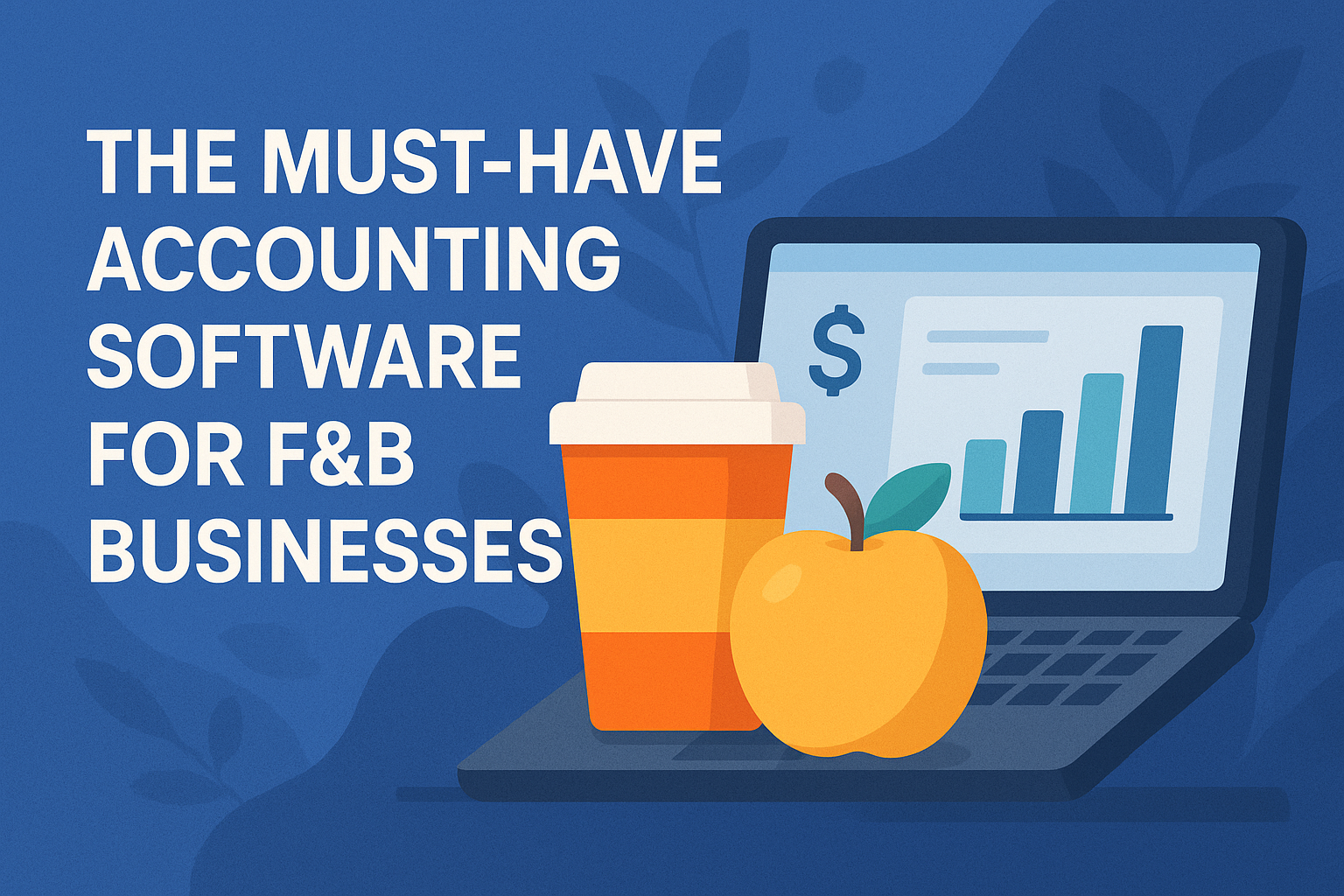
Running a food & beverage (F&B) business is a juggling act: balancing supply costs, staffing, deliveries, menu pricing, and more. Amid all that activity, your accounting software isn’t just a back-office tool — it becomes the heart of your decision system. The right software can transform your financial chaos into clarity, whereas the wrong one can bury you in errors, delays, and missed insights.
In this post, we’ll explore what features are essential in F&B accounting software, what pitfalls to avoid, and which solutions — especially the rising star ccMonet — merit a closer look.
When you’re choosing accounting software for a restaurant, café, bar, or cloud kitchen, not every system is built equally. The best tools are the ones that truly understand the daily operational flow of an F&B business. Here are the essential capabilities you should look for:
First, receipt and invoice capture with OCR is critical. F&B operations handle dozens—sometimes hundreds—of invoices every week, from supplier deliveries to utilities. Automated capture eliminates manual data entry and reduces the risk of lost or inaccurate records.
Second, real-time expense and sales synchronization allows owners to monitor daily profitability and cash flow without waiting for end-of-month reports. Delays often lead to blind spots and unpleasant surprises.
Third, menu and costing integration connects ingredient costs to individual dishes, making it easier to track margins and adjust menus strategically. This is key for menu engineering and optimizing profitability.
Fourth, for multi-outlet businesses, multi-location and multi-currency support ensures financial visibility across all branches, no matter where they are.
Fifth, role and permission controls help divide responsibilities among managers, accountants, and franchise partners, reducing the chance of accidental errors or unauthorized changes.
Sixth, automated tax and compliance features save time and minimize legal headaches by keeping your filings aligned with local VAT or GST regulations.
Finally, robust reporting and analytics dashboards give owners a clear view of profit trends by item, vendor, or location. With these insights, it’s easier to spot inefficiencies, prevent losses, and make faster, smarter decisions.
A must-have accounting solution isn’t necessarily the one with the most features—it’s the one that delivers the right features reliably and with minimal friction. For F&B businesses, these capabilities can mean the difference between reactive bookkeeping and truly strategic financial control.
Below are some accounting solutions often used by F&B businesses. Each has its strengths and tradeoffs.
Let’s zoom in on ccMonet — it’s designed with F&B operators in mind, and here’s what sets it apart:
Because ccMonet is built for F&B, not generic businesses, it often saves time and avoids workarounds that generic accounting tools force you into.
Here are mistakes many F&B operators make — and how a good accounting software can prevent them:
Choosing software that anticipates these pitfalls — especially one designed for F&B — ensures you're getting defense and offense, not just bookkeeping.
For an F&B business, accounting software is no longer optional — it's foundational. But “best” is relative to your complexity, scale, and growth plans. What matters most:
Of the options available today, ccMonet deserves a place on your shortlist — especially if you want a tool that blends deep automation with domain expertise.
👉 Ready to see how ccMonet can simplify accounting for your F&B brand? Request a Demo now and let us show you a smarter, leaner financial path forward.